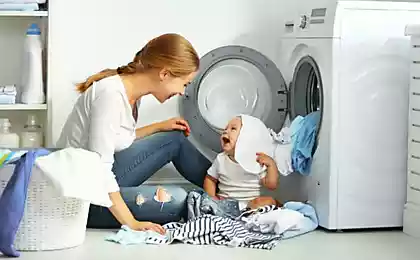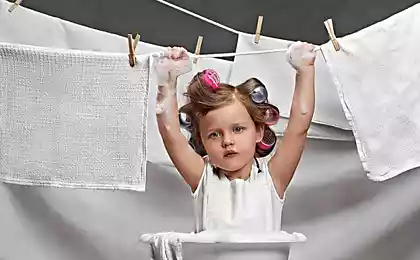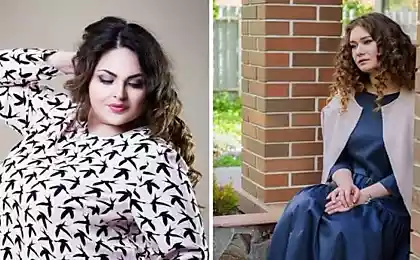192
Innovation – washing powder can clean the air
Most of the known ways to reduce air pollution mainly require a conscious and deliberate choice to make, and do it constantly: save energy, recycle paper, plastic, glass and aluminum cans, plant trees, buy green products and use green energy.
And these are undoubtedly mandatory steps in the long-term fight for clean air.
There is another way by which you can immediately “on the spot” to clean the air around you. Everything is very simple, it is enough to wash things and hang them to dry.
Professor Tony Ryan from the University of Sheffield and his business partner fashion designer Helen Storey have developed a substance that can be added to washing powder to create a coating that sticks to clothes. There is nothing new in this process – the substance works like an ordinary softener.
But the additive, called Catclo (catalytic clothing), reacts with nitrogen oxides in the air and neutralizes them. According to the Guardian, a British national publication, nitric oxide causes 4,000 deaths annually in the UK alone.
How does the new supplement work?
Nano-particles of titanium dioxide, which is a photocatalyst, cover the fibers of clothing. These small beads, which have a very large surface area relative to their size, use oxygen and light to convert harmful nitrogen oxides in the surrounding air into less harmful nitric acids.
The photocatalyst is delivered to the surface of clothing as an additive in standard products such as fabric conditioner. The active substance is packaged in a special shell and subsequently "sticks" to the surface of clothing during normal washing.
This process is already used in some products, such as “self-cleaning” glass in windows: catalyst nanoparticles react with nitrogen oxides in the air and other organic compounds to create a specific type of soap.
Professor Rhine explained that "essentially, oxidized dirt is soap and when it reacts, windows self-clean."
A pair of typical jeans has a fiber surface area of 195 square feet, the size of a modest living room. If this number is multiplied by millions of owners, you can get a huge advantage on a global scale in reducing emissions.
“A typical city of one million produces 9,000 tons of nitric oxide annually, and it would take just 300,000 people walking around in jeans washed with Catclo,” Ryan said.
In other words, one pair of coated jeans will “clean up” 80% of the pollution on a typical street is about 40 micrograms per cubic meter. This is a significant contribution to reducing pollution.
Ryan and his partner are working to commercialize the product. They do not even have a patent for their development, as they want to reach the maximum audience of the market. “It will only work if everyone does. This is indeed an altruistic act.
“However, altruism is not a good idea for big business. At the moment, we are working with several of the largest manufacturers of laundry products. But even with current technology and a relatively cheap product, it turns out it’s not that easy to sell, says Helen Storey. The fact that acting as a catalyst, your clothes purify the air and allow the person next to you to breathe clean air is not considered popular in our world.
There's another small problem: photocatalysts can't tell the difference between a "bad" pollutant and a "good" one. For example, CatClo will perceive perfume as another volatile organic compound, and naturally neutralize it.
Still, all is not lost. Story and the team recently traveled to China, where the common good is valued more than perfume. Given the pollution levels in this country, an Asian power plant could be the best place to start CatClo.
Catalytic-clothing.org
Source: facepla.net























